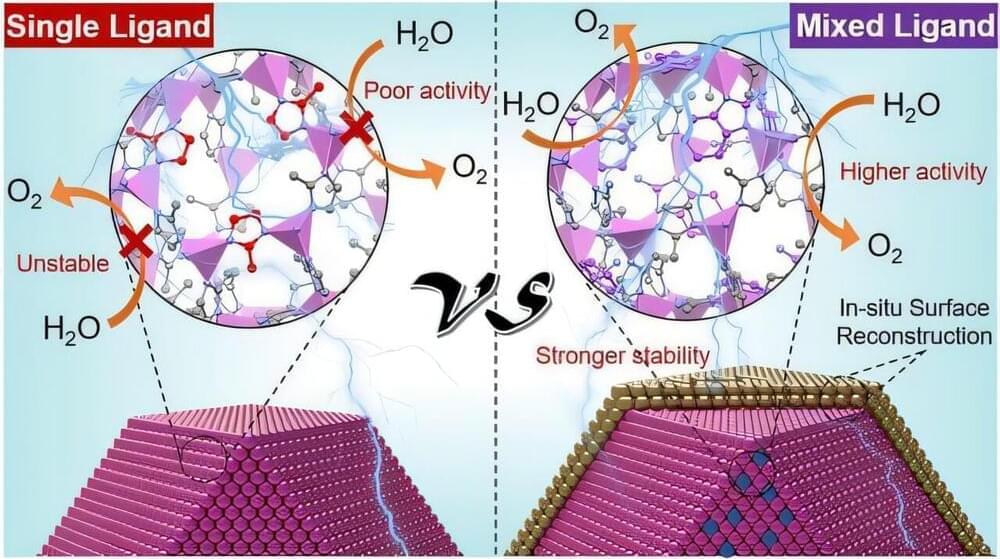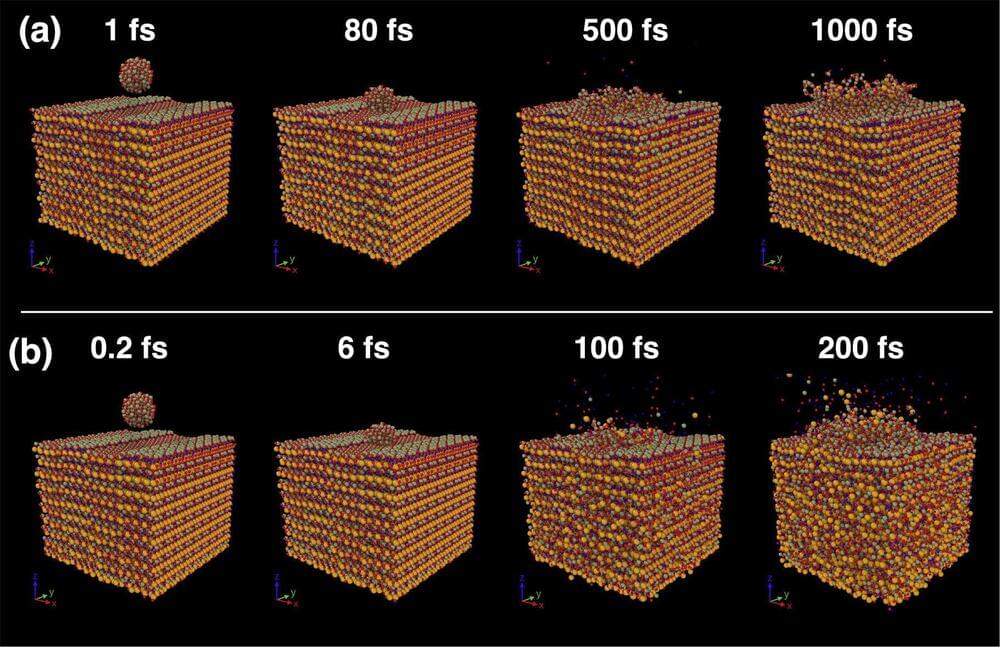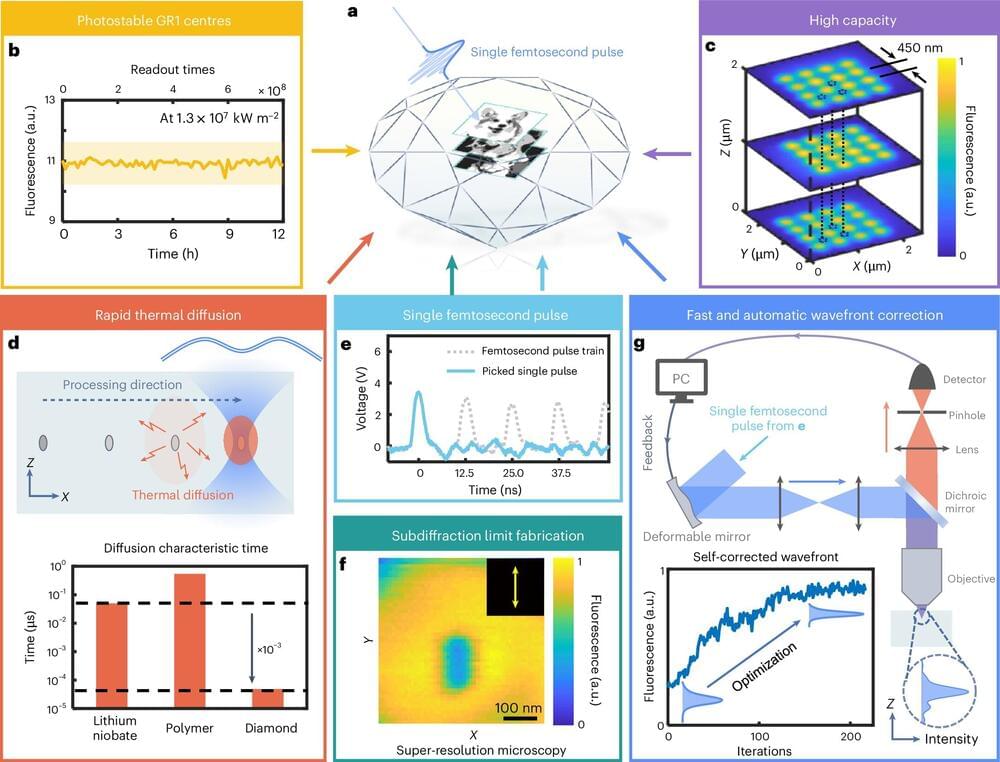Some researchers propose that advancing AI to the next level will require an internal architecture that more closely mirrors the human mind. Rufin VanRullen joins Brian Greene to discuss early results from one such approach, based on the Global Workspace Theory of consciousness.
This program is part of the Big Ideas series, supported by the John Templeton Foundation.
Participant: Rufin VanRullen.
Moderator: Brian Greene.
00:00 — Introduction.
02:06 — Participant Introduction.
03:12 — VanRullin’s journey from neuroscience to artificial neural networks.
05:25 — Algorithmic approach to neural networks.
08:02 — Simulation of information processing.
09:25 — Global Workspace Theory.
21:33 — Global Workspace providing insight on consciousness.
23:14 — Role of language in consciousness and replicating intelligence.
25:30 — Developing consciousness in AI systems.
31:38 — How to recognize if AI has developed consciousness.
32:32 — Time scale of Global Workspace Theory and emergence of consciousness in AI
34:45 — Credits.
VISIT our Website: http://www.worldsciencefestival.com.
FOLLOW us on Social Media:
Facebook: / worldsciencefestival.
Twitter: / worldscifest.
Instagram: / worldscifest.
TikTok: / worldscifest.
LinkedIn: / world-science-festival.
#worldsciencefestival #briangreene #rufinvanrullen #ai #artificialintelligence #computerscience #consciousness







